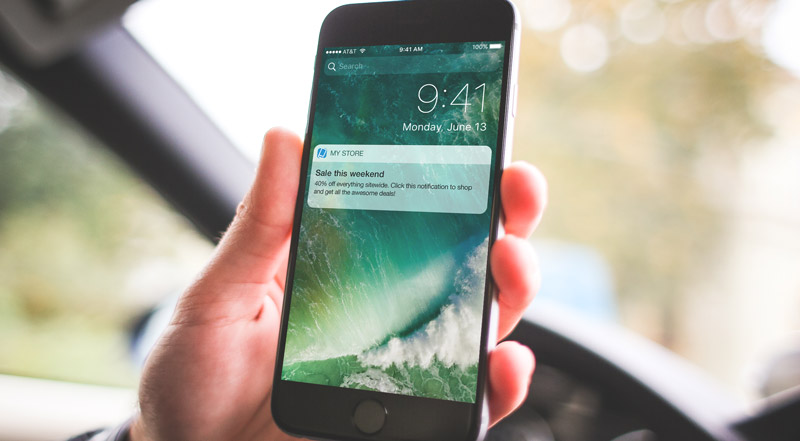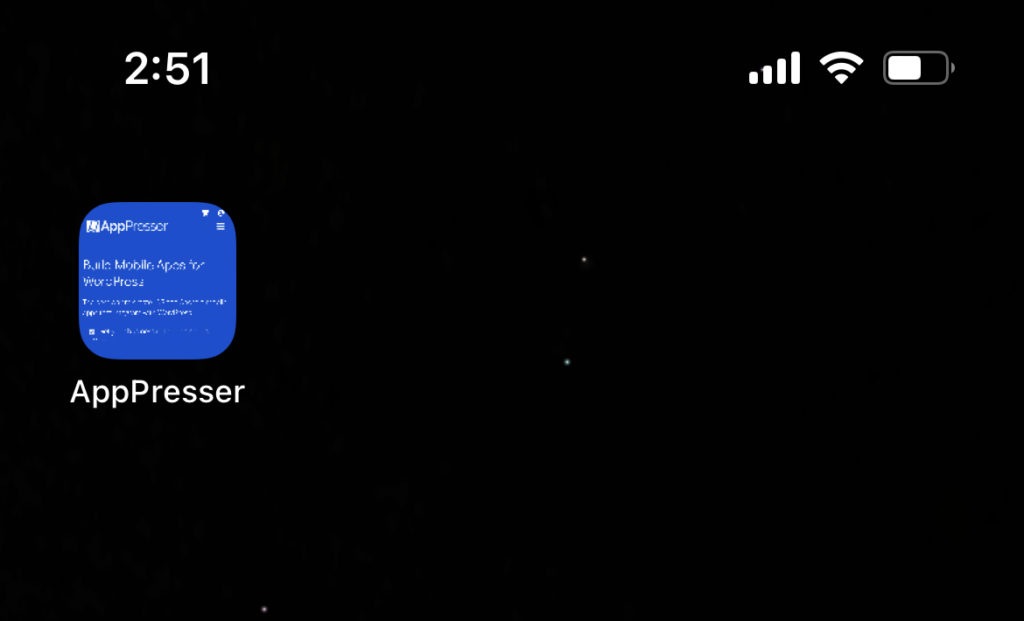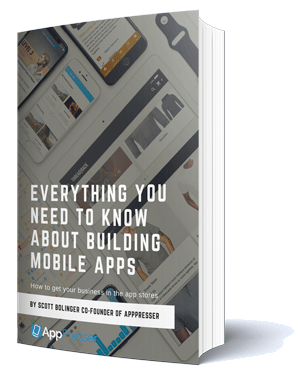Apple Allows Push Notifications for Non App Store Apps

You will now be able to send push notifications without having an app in the app store. This is big news, and honestly we never thought it would happen.
Here’s the tl;dr:
- PWAs (websites) will be able to send push notifications to mobile devices in iOS 16.4
- They work the same as native app push, no restrictions
- An Apple Developer account is not required
- App store submission and review is not required
- 3rd party browsers like Chrome get the same functionality as Safari
- New APIs like screen wake lock and screen orientation
This is big 🤯
Apple recently announced that iOS devices running iOS 16.4 will now be able to receive push notifications for home screen web apps. If you’ve heard the term PWA, or Progressive Web App, that’s what they are referring to. It’s basically a website that has some additional features, and you can add it to your home screen.
Android has supported push notifications in PWAs for years, but Apple has not. This has been a big reason why PWAs have not seen more adoption, but that may be changing.
Many customers only want an app for the push notifications, and soon they will be able to do that without the hassles of submitting to the app store.
Why is this such a big deal?
Apple knows that allowing push notifications on the web will allow many customers to side-step the App Store, which means they lose some of their strangle-hold on the mobile market.
There is speculation that this move comes in response to regulators in the US and EU looking more closely at Apple’s monopolistic App Store rules around in app payments. Regardless, a more open web is good news for the public.
How it works
Adding a website to your home screen is not new, you’ve probably already done that. You can visit a website, open the share menu, and click Add to Home Screen. The icon looks just like an app from the App Store, but it’s actually a website. When you click the icon, you are launching the website, but without the browser skin around it.



The big change is that these apps can now ask your permission to send you push notifications on iOS devices, and they work exactly the same as any other app. They will show up as an alert even if the app is not open, in the notification center, on a paired device like an Apple Watch, etc. You don’t need an Apple developer account to use them.
How to create a PWA
All that is required for an installable PWA is a manifest file. That won’t get you push notifications, it takes a little more setup than that.
PWAs can have more features than a website, they can look and behave just like a native app. They can use technology called service workers to work while offline, or in the background like for push notifications.
Other new APIs like the screen wake lock and screen orientation are also becoming available, allowing PWAs to have more parity with native apps.
How does this compare to a “native” app?
Should everyone abandon native apps in favor of PWAs? Probably not.
Native apps (meaning apps downloaded from the App Store) will still have functionality PWAs do not.
Clicking the share button and adding to the home screen is still very unfamiliar to most web users. On top of that, they will then need to click a button to accept push notifications, which most of them probably won’t do.
The App Store is still king, and will be for a long time. Consumers are programmed to search for apps there, and it will take a long time to break that habit.
Web push notifications have a terrible opt-in rate. The data is very hard to find on this, but just looking at our own habits, we’ve never allowed web based push notifications. On native, several apps have access to send us push. We would wager native opt-in rates are much better for push than web, but it most likely depends on the category.
Here are some good reasons to use a PWA:
- Apple would reject your app, so you have no choice
- You want to sell digital items without giving Apple a cut
- You don’t have much money to spend on an app
- You just want your website + push notifications
You may lose out on some of the benefits of being in the app store, but for some people that is a decent trade-off.
How to get web push notifications right now
The easiest way to start using push notifications right now is to first create your PWA, then use a service like Firebase to handle the push notifications. Once you get setup, and Apple releases iOS 16.4, your visitors can get push notifications. They have to add your website to their home screen and accept notifications first of course.
There are lots of paid services to get push notifications onto your site, but Firebase is free. It requires a bit more setup, but it will save you money in the long run.
We aren’t going to go into setting up push notifications in this article, but please contact us if you’d like help getting push notifications on your website today.

